

Railway inspection can be time-consuming, costly, unreliable and cause disruption to the train schedule. That is why drones are quickly becoming the popular choice to carry out railway infrastructure inspection and surveys. Engineers with Drones can carry out fast and reliable inspections of railway stations and platforms, railway lines, bridges, and overhead power lines covering an extensive area. Without scaffolding or rope access, there are no disruptions to the train lines. Some more added benefits are the lower risk to human life, more cost-efficiency and greater speed.
Downtime is expensive, unpopular and inconvenient. Using a drone, our engineers can conduct a thorough survey with little to no downtime.
Downtime is expensive and inconvenient. Using a drone, our engineers can conduct a thorough survey with little to no downtime.
Drones capture high-quality, impartial information that gives you an exact assessment of the status and needs of your asset.
The safety of your personnel and our own is paramount, and we place it at the forefront of our company culture. Ask us about our HSSE systems and practices.
We use cutting-edge technologies to detect problems that would otherwise be invisible. These include 4K ultra-HD photography/video, LIDAR and thermal imaging.
Our equipment won't touch or even go close to your assets. Our high-resolution cameras use optical zoom to give extreme close-up views while staying a safe distance away.
We understand that you need answers fast. We can deliver a plain-English report with clear-cut conclusions in days. Then, you can take the steps you need to and get back to doing what you do best.
Thermal IR technology and ultra HD allow our engineers to get a view that is not available to the naked eye. From a safe distance, we can find defects and insights that are only visible with a drone.
Railway drone inspections are a game changer in the rail industry. Conventional inspections are limited to small areas at a time. Our drones can cover much larger sections across and access difficult locations which service vehicles can't reach. Engineers with drones can offer a faster turnaround time and more detailed survey reports than the traditional surveying methods. The high-resolution video, photography and thermal imaging provided by our drones will help you to highlight problematic areas. They will also offer you a different vantage point, impossible to recreate with traditional methods.

Reduce the costs and minimise the risk associated with the slower and less precise methods of conventional inspection. Railway drone inspection mitigates the need for employees to work at great height, in confined and dangerous areas. No need to hire specialist equipment, complex inspection access set up and specialised safety teams. Eliminating this time-consuming complex setup by using drones will save you time and money.
Minimise disturbances in train stations and on platforms during busy times. Inspections of stations and platforms are easily carried out with drones. That way issues get spotted early and repairs and maintenance can be scheduled in advance at times when platform usage is low. No need to disrupt daily operations. By sending drones first to assess damage and maintenance, technicians can bring the right tools for the repair job without unnecessary climbs.




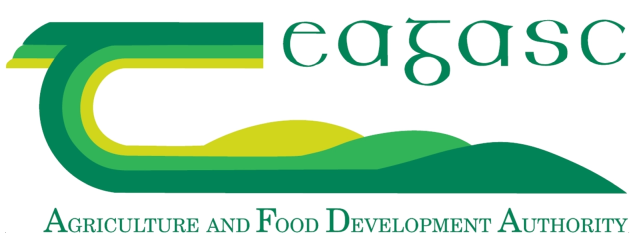


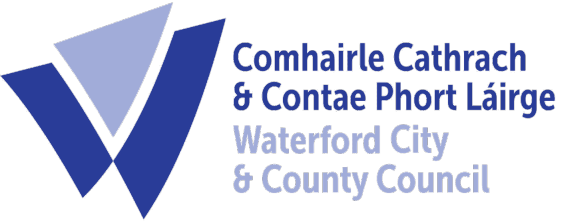

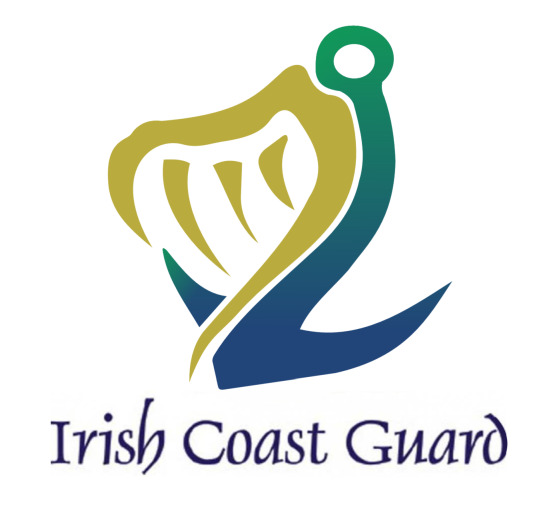
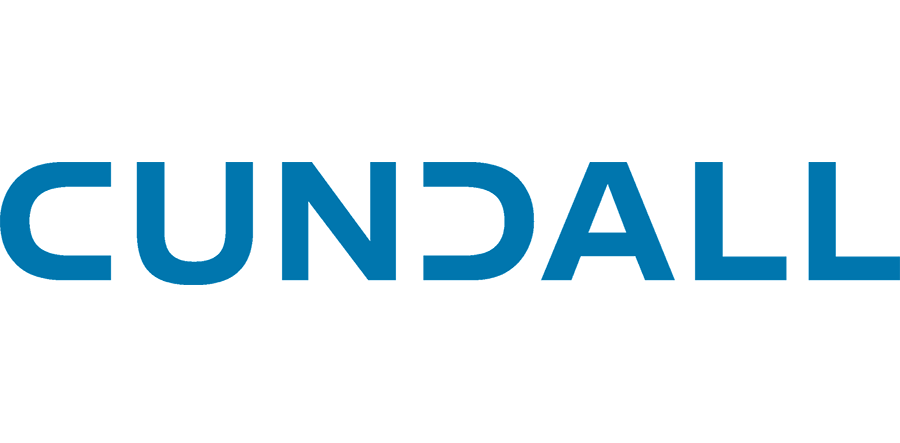



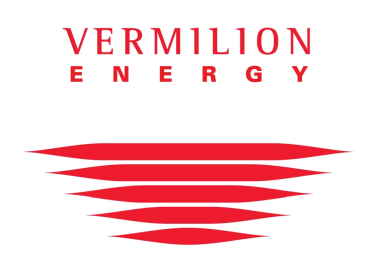

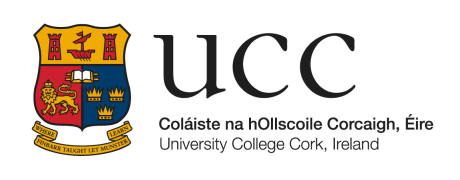






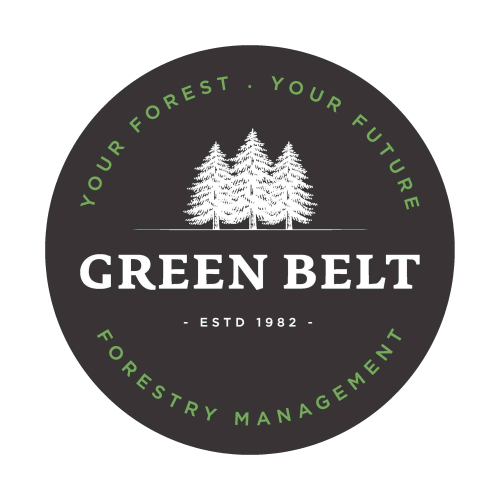





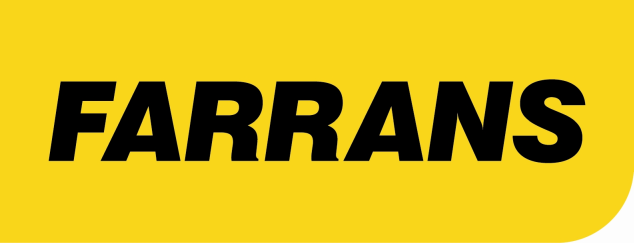
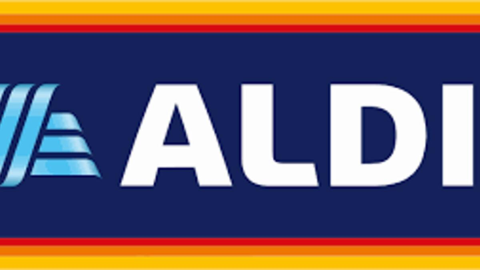






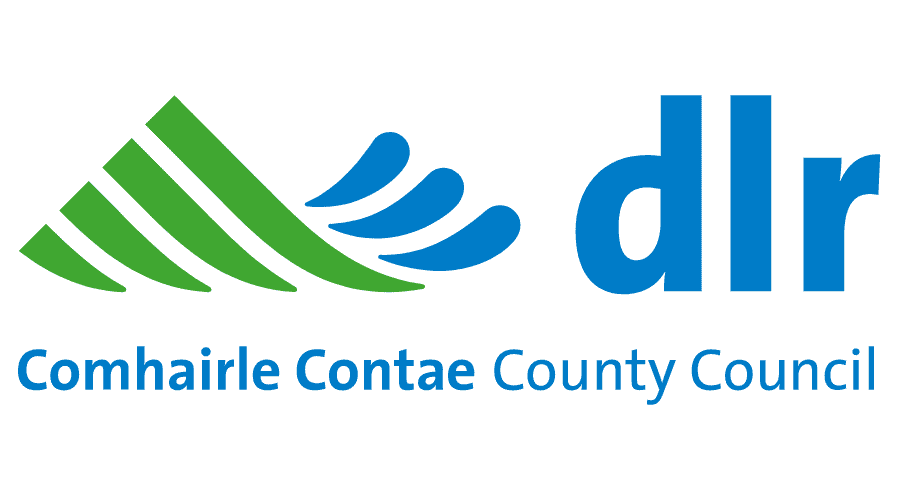









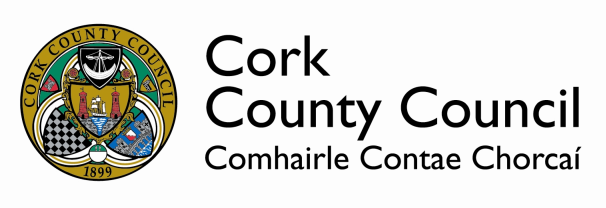


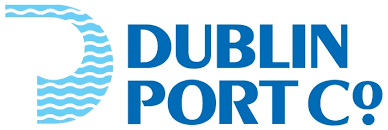



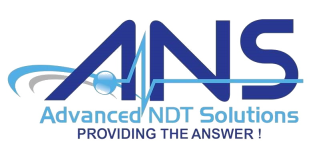









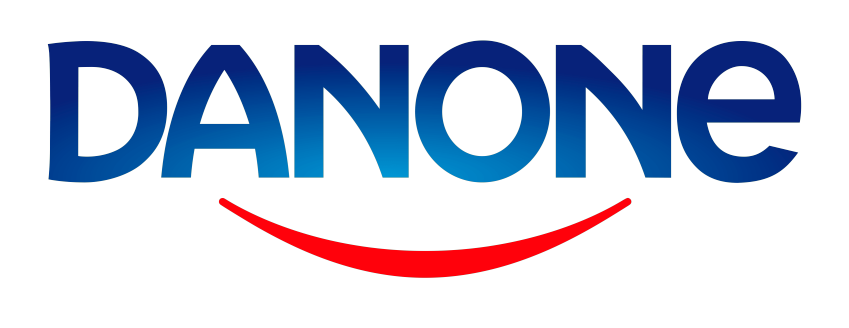








































































































































Optical zoom is a feature found in cameras that allows you to change the focal-length of the lens, which in turn magnifies the image. Unlike digital zoom, which simply enlarges the pixels of an image, optical zoom physically moves the lens elements to zoom in or out, resulting in a higher-quality, more detailed image.
Optical zoom is better than digital zoom for several reasons. Firstly, optical zoom maintains the image quality and sharpness because it captures more detail from the subject. In contrast, digital zoom often results in a pixelated, blurry image because it enlarges the existing pixels of an image, which degrades the quality.
Secondly, optical zoom allows you to get closer to your subject without physically moving closer, which can be useful in situations where you cannot or do not want to approach your subject closely. This can be especially helpful for wildlife photography or for taking photos of events from a distance.
Overall, optical zoom is a valuable feature that can help you capture high-quality, detailed images from a distance, making it a must-have for many photographers.

UHD or Ultra High Definition signifies that a camera's resolution is 3840x2160 pixels. This is exactly four time higher than high definition cameras (1920x1080 pixels), and so UHD is often also know as 4K. More about drone photography...